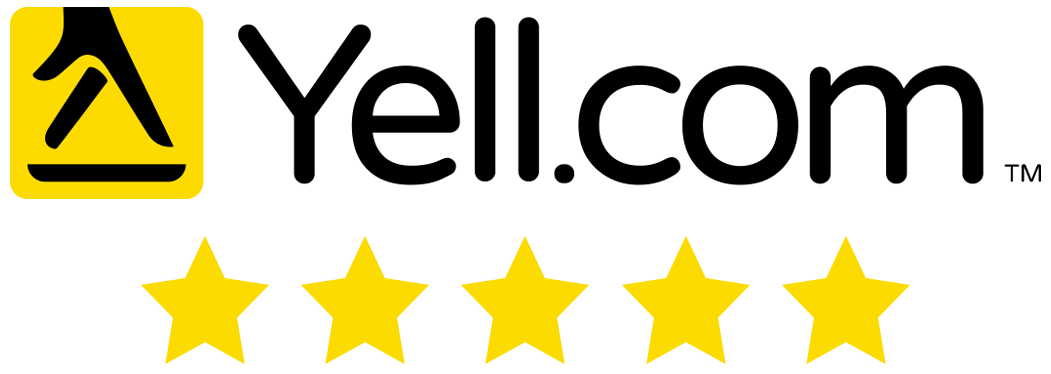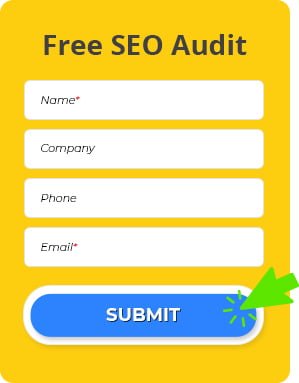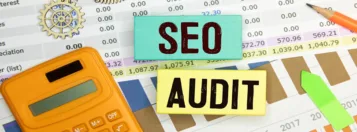How to Create an Accessible Blog That Reaches Everyone
- 23 November, 2022
- Jason Ferry
- SEO

In order to create a successful blog, you need to make sure that your content is accessible to as many people as possible. That's why today we're going to share six tips for improving your blog's accessibility. Here’s what you need to know.
Use Clear and Concise Language
When writing for your blog, it's important to use language that is easy to understand. You want to avoid using jargon or technical terms that might not be familiar to your audience. Instead, opt for clear and concise language that gets your point across without overcomplicating things.
Use Headlines and Subheadings
Organising your content into smaller sections can make it easier to digest, especially for those readers who may only be skimming through your blog. Using headlines and subheadings is a great way to break up your text and make it more scannable. Just make sure that your headlines are eye-catching, descriptive and give a good sense of what each section is about.
Make Images Accessible
When it comes to images on your blog, there are a few key things you should pay attention to:
- Make sure they're relevant to the subject being discussed and add a caption, using the alt text attribute in your image tags to provide a brief description of what's being shown in the image. For example, "This is an image of my cat" or "I just got back from vacation." This will help make your images accessible for people who rely on screen readers and other technology that helps them read content on web pages.
- Don't make them too large or too small. Images can take up a lot of space on a page - and while larger photos look great, they may slow down the loading of your blog post or make it difficult for some people using smaller devices (like smart phones) to view what they need to see with ease.
- Choose the right file format and size when uploading new photos - it's best if you save photos in their original sizes before uploading them so that they're not stretched or compressed beyond recognition when viewed online!
Make Links Obvious
Do you have links on your blog that are easy to find? If someone is looking for something specific, you don't want them to have to search through your website (or click back and forth between pages) before they can get to it. If a link is buried behind several other links, or if it's not visually distinct from the regular content, people won't know where it is and will be less likely to click on it.
Don’t Forget About the Font
Your blog’s font can be just as important as its colour scheme, so it's worth taking some time to consider which one you want to use. If you are designing an accessible website, then consider using sans-serif fonts like Verdana or Arial; they have wider letter spacing and are easier to read on screen than serif fonts.
You also need to think about font size -the larger your font is, the better it will be for those who have dyslexia or other visual impairments. You should also make sure that there's enough contrast between your text and background colours (for example, black text on a white background).
Design an Easy-to-Navigate Page Structure
One of the most important aspects of a good blog is its readability. This includes not just the actual content, but also how it’s presented and navigated. If your blog doesn’t have a clear page structure, users will have trouble finding what they need on your site and may leave your site before they’ve seen what you want them to see.
Write Clear Content
The content on your blog is the heart and soul of your site. It’s what will keep people coming back for more, so it’s crucial that you take the time to make sure that the text you publish is easy to understand. To improve readability, consider using a conversational tone with plenty of white space and short sentences.
Remember that visuals can help explain things in an accessible way by breaking up long blocks of text or giving readers something to look at while they read an article or page on your site.
Include a Call-To-Action
At the end of each blog post, include a call-to-action (CTA) that encourages readers to take some sort of next step. This could be anything from signing up for your email newsletter to downloading a free guide or checking out a related blog post. By providing CTAs throughout your site, you can help guide readers towards what you’d like them to do next, making it more likely that they'll engage further with your company and its website.
Following these tips can help improve the accessibility of your blog and make it more enjoyable for everyone who reads it. From using clear and concise language to breaking up your content with headlines and subheadings, there are many simple ways you can make your blog more accessible without compromising its quality or message.















